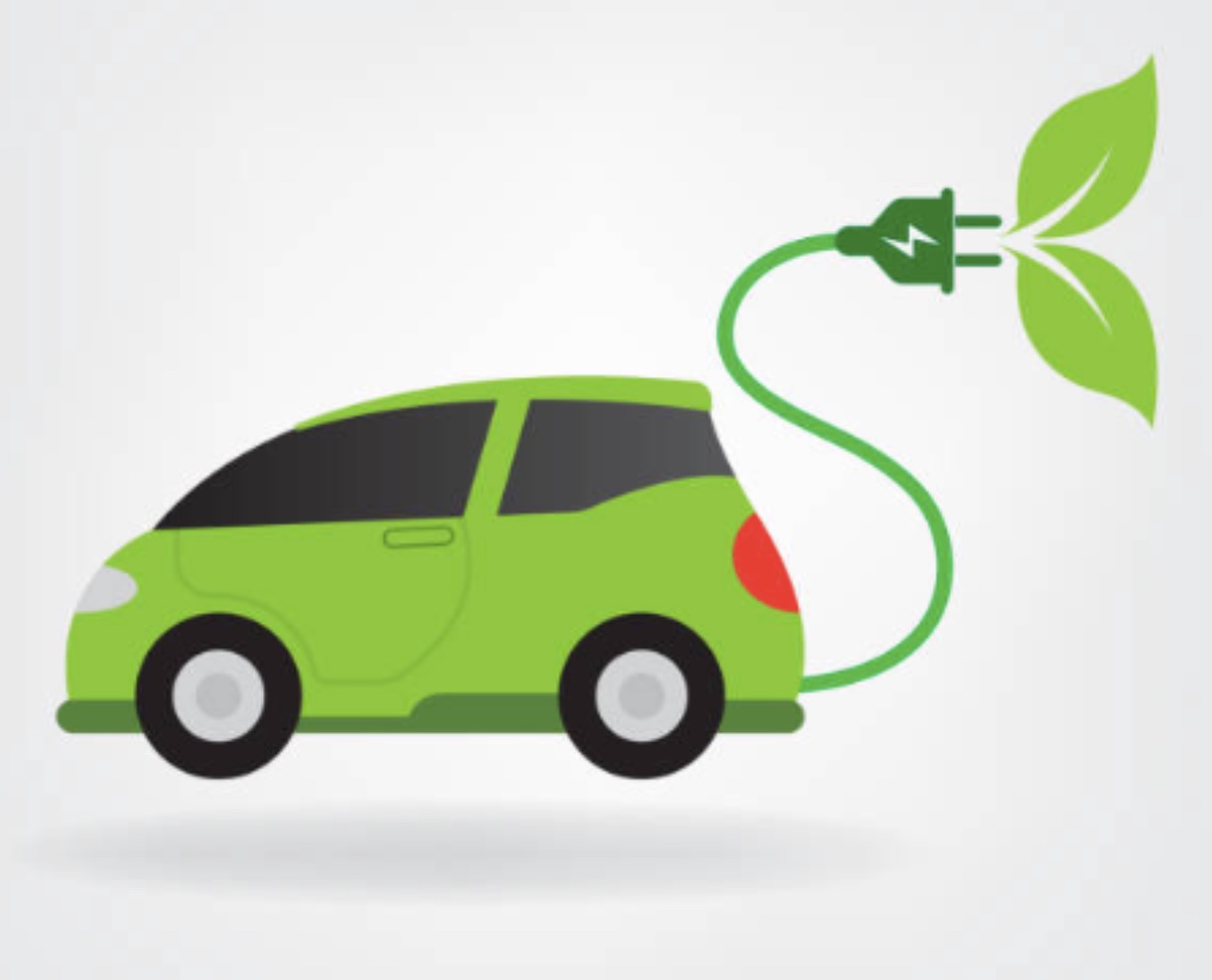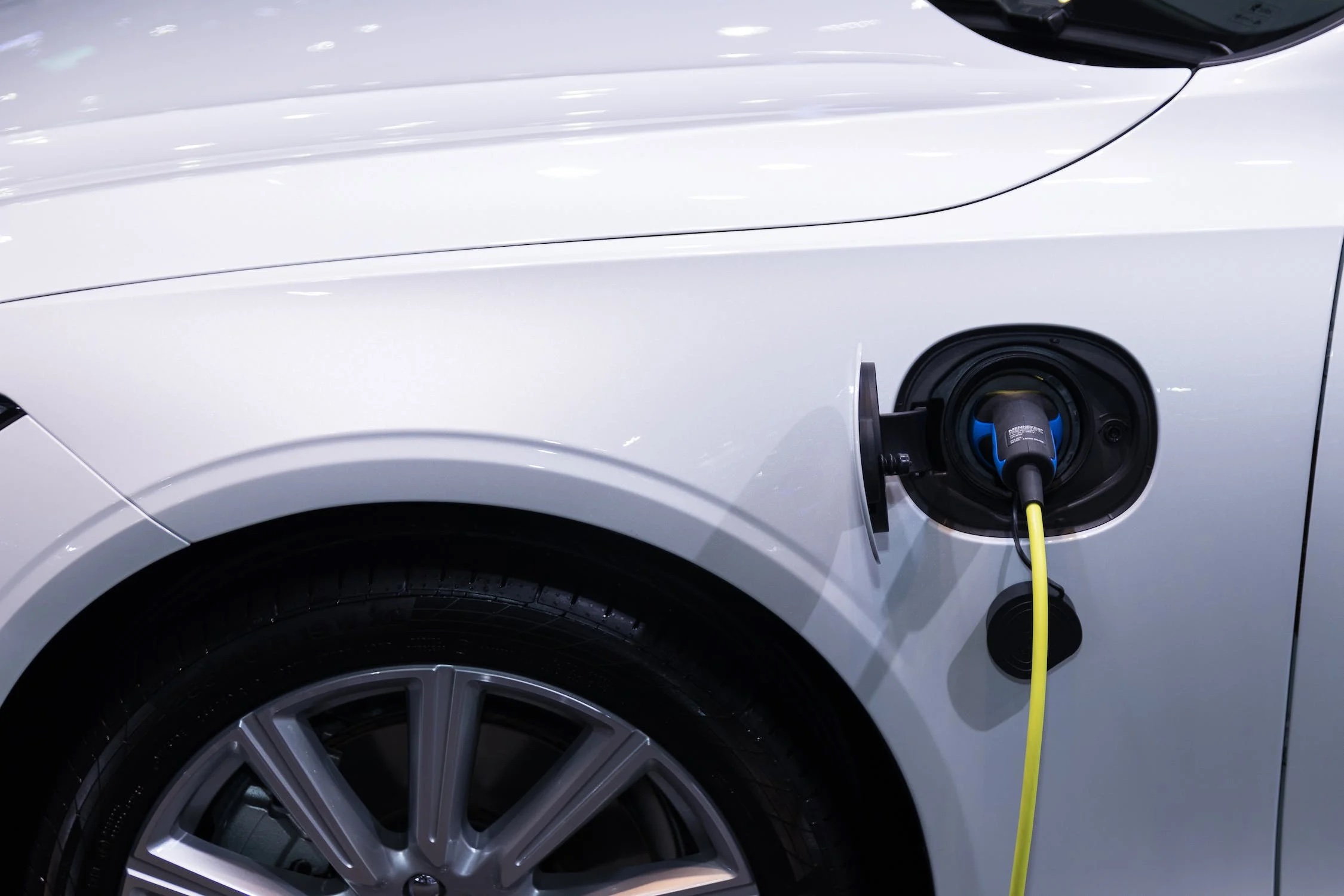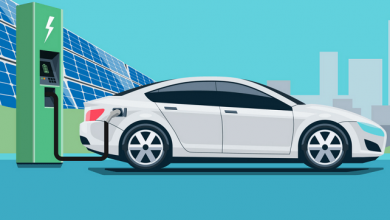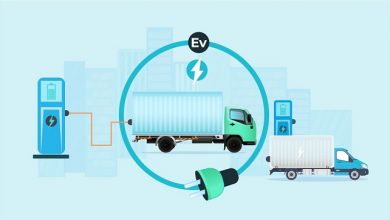Electric Vehicles for all

Electric vehicles (EVs) have come a long way since their inception in the early 19th century. At the time, EVs were primarily used for short distances and as city cars. Today, EVs have a range that can compete with internal combustion engine (ICE) vehicles, and they are rapidly becoming more affordable. The world is rapidly changing, and EVs are an integral part of the shift towards a more sustainable future. In this article, we will explore the evolution of EVs and the current state of the industry, including their benefits, challenges, and future prospects.
Electric vehicles (EVs) have become increasingly popular in recent years, as people seek more sustainable and environmentally-friendly transportation options. These vehicles use electric motors and battery packs to power them, rather than traditional internal combustion engines that rely on fossil fuels.
One of the primary benefits of EVs is their environmental impact. Since they do not rely on fossil fuels, they produce zero emissions, which is a huge benefit for the environment.
Another benefit of EVs is their energy efficiency. Unlike traditional gas-powered vehicles, EVs use energy much more efficiently, meaning they can travel further on a single charge. This is because electric motors are much more efficient at converting energy into motion than internal combustion engines. As battery technology continues to improve, the range of EVs is also increasing, making them a more viable option for longer trips.
State of the EV Market
According to a report by the International Energy Agency (IEA), the global stock of EVs surpassed 10 million in 2020, up from just over 2 million in 2016. This growth is being driven by a combination of factors, including government incentives and regulations, improvements in battery technology, and increasing consumer demand for sustainable transportation options.
However, the electric vehicle has two major drawbacks – range and cost.
Range
Range is a key consideration for many EV buyers, as it affects how practical the vehicle is for day-to-day use. In general, the range of an EV depends on several factors, including the size and capacity of the battery, the efficiency of the vehicle’s electric motor, and driving conditions such as speed, terrain, and temperature.
Early EVs had relatively short ranges, typicall y around 150 kms on a single charge. However, as battery technology has improved, so has the range of EVs. Today, many modern EVs have ranges of over 300 kms, with some high-end models boasting ranges of more than 450 kms.
For example, the Tesla Model S Long Range Plus has an EPA-rated range of 600 kms, making it one of the longest-range EVs on the market. Other EVs with long ranges include the Audi e-tron with a range of up to 350 kms, the Ford Mustang Mach-E with a range of up to 450 kms, and the Chevrolet Bolt with a range of up to 400 kms.
While longer range is generally considered a good thing, it’s important to note that it comes at a cost. A larger battery pack, which is necessary for longer range, adds weight and cost to the vehicle. Additionally, larger battery packs take longer to charge, which can be a drawback for some drivers.
Cost
While EVs can save money over time on fuel and maintenance costs, they often have a higher initial price tag than traditional gas-powered vehicles. This can make them less accessible to people with lower incomes.
It is known that the cost of batteries in an EV is roughly 40-50% of the vehicle cost. This, along with overheads adds to the overall cost of the vehicle and makes it very expensive and unaffordable to the general public.
Solution
The solution to these two problems is what I call as the “Range Extender Pack”(REP).
As the name suggests, the pack increases the range of the vehicle by at least 50%.
REPs are nothing but batteries that can be attached to a vehicle to provide a higher range.
The vehicles will have to be modified in such a way to have two or more slots under the door of the vehicle where these batteries can be attached.
Just the way ICE powered vehicles have gas stations, the EVs will have REP stations that consumers can reach to attach the battery packs when headed for a long drive.
These REP stations will be installed across the country to ensure ease of access and flexibility.
Once the trip is done, the consumer can go back to the REP station to deposit the battery packs.
The consumer is charged based on the time of usage of the pack and the kilometers run on the pack.
This kind of arrangement also ensures the EVs have a short recharge time on a day to day basis.
The Math
A mid size EV today costs roughly 20 lakh rupees and its battery costs roughly 10 lakh rupees. This gives a range of approximately 350-400 kms.
Now, if the battery size is reduced by half thus providing a range of 200kms, which is good enough of daily commute, there is almost a reduction of 25% of the cost of the vehicle.
Lithium-ion batteries, which are the most common type of battery used in EVs, typically weigh between 200-500 kgs, depending on their size and capacity. For example, the battery pack in a Tesla Model S weighs around 500 kgs and has a capacity of 100 kWh, while the battery in a Nissan Leaf weighs around 150 kgs and has a capacity of 40 kWh.
The weight of the battery pack can have a significant impact on the performance and handling of the vehicle. A heavier battery can reduce the range of the vehicle and make it slower to accelerate, while a lighter battery can improve the vehicle’s performance and handling.
The lower weight of the battery also contributes to increase in range.
So, by using the range extender pack the OEMs can sell the cars at a much lesser price and people only pay for what they use. This would in turn make electric vehicles much more affordable.
Overall, the future of EVs looks bright, with increasing demand, technological advancements, and government support expected to drive the market forward. As the cost and range of EVs continue to improve, and charging infrastructure becomes more widespread, we can expect to s
ee electric vehicles become a more mainstream choice for consumers. The shift towards electric mobility is an important step towards a more sustainable future, with the potential to significantly reduce greenhouse gas emissions and improve air quality in cities around the world.
Author:

Bharath Rajan, Team Lead, Tessolve SemiConductors Pvt Ltd.
He has close to 7 years of experience in the automotive domain. He is from an engineering background majoring in Electronics and Communication. Although he started out his career in the embedded domain, his passion for vehicles gravitated him towards the core of the automotive sector. He has worked on many core modules in passenger cars across multiple OEMs.





